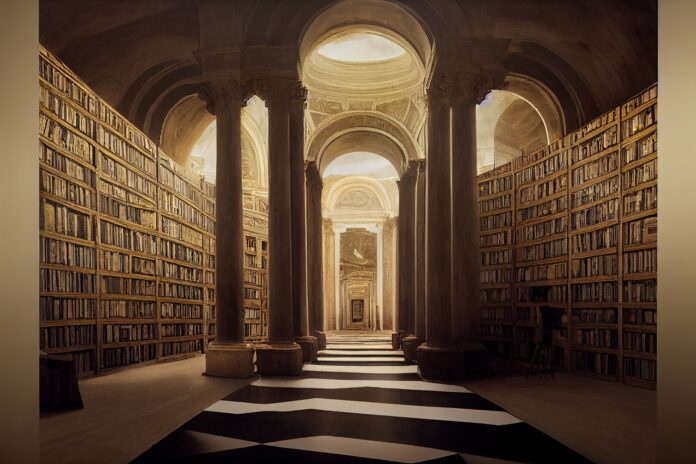I cannot tell you how many times I have been asked whether the Vatican has the menorah from the Beis Hamikdash. (The answer is no.) But I am never asked about the more than 600 Hebrew manuscripts they do have, which have been available to the scholarly community for years.
In 2005, I had the opportunity to be a visiting professor at the Pontifical Gregorian University and Pontifical Biblical Institute in Rome. A group of upper-level academics from several Israeli universities had come to discuss cooperation with the Vatican universities. A beautiful kosher lunch was served. In the middle of our discussion, one of the Israeli guests got up and asked, “So when will we be able to find a way to open up the hidden manuscript collection in the Vatican?”
I had to inform this ignorant administrator that even as we were enjoying our lunch, a team of Israeli experts from the National Library of Israel was working in the Vatican Apostolic Library to create an up-to-date catalogue of Hebrew manuscripts to replace the outdated, incomplete earlier version.
Put simply, the “hidden secrets” of the Vatican Library have been accessible for years. In the early 1950s, all of the Hebrew manuscripts in its possession were microfilmed for the Institute of Microfilmed Hebrew Manuscripts at the National Library in Jerusalem. When I was a student at Brandeis University studying with the renowned Professor Alexander Altmann, who had served as communal rabbi of Manchester after fleeing Berlin, he sent us to the university’s library to look up a Vatican manuscript. Brandeis had microfilms of the entire Vatican Hebrew manuscript collection. In 1999, a team from the Jewish National Library examined the manuscripts on site in order to check the catalogue they had made from the microfilms.
So what was going on in 2005? Israeli cataloguers were working with the Vatican because there were over 100 manuscripts that had not been previously catalogued. A number of handwritten inventories of Hebrew manuscripts had been compiled in Latin beginning in the 17th century. The most famous were those of Giuseppe Assemani (1687–1768), the custodian of the library, who published descriptions of 453 manuscripts in 1756. Later catalogues compiled in the 19th century covered numbers 454 to 531. A partial, revised catalogue was prepared by Umberto Cassuto. By the Vatican’s account, some 108 manuscripts had never been catalogued, so it was clearly time for a modern comprehensive revision in 2005.
In the course of five years of one-month missions to the Vatican Library, Malachi Beit-Arie and Nurit Pasternak of the National Library of Israel reexamined these manuscripts in order to determine the type of writing, the region of production, and the approximate date of each one.
This work, facilitated by Raffaele Cardinal Farina, the Vatican’s librarian, resulted in a catalogue of 813 manuscripts published in 2008. Cardinal Farina was kind enough to give me and my wife a personal tour of the library’s manuscript collection. Looking down the hall between the shelves, you realize the enormous size of its collections. It was also very clear that the highest standards of climate control and administrative supervision are being used to guarantee their safety.
And yet these are not the only Hebrew manuscripts that exist in Rome! A young Roman Jew from the Libyan Jewish community told me he knew that one of the local libraries had a completely unknown collection of Hebrew manuscripts. He took me there and I met the librarian, who informed me that I could come and examine them whenever I wished.





















